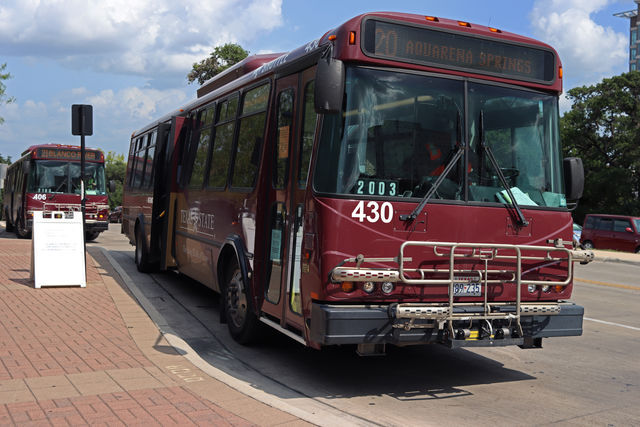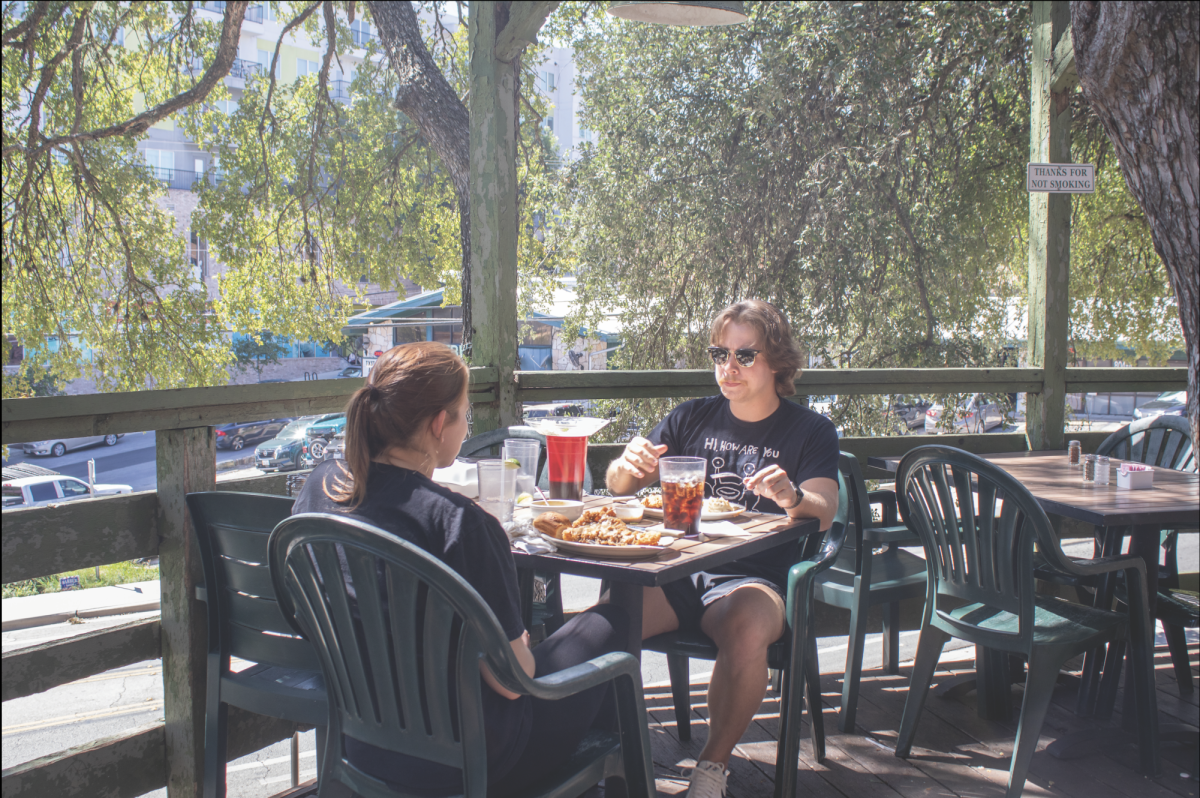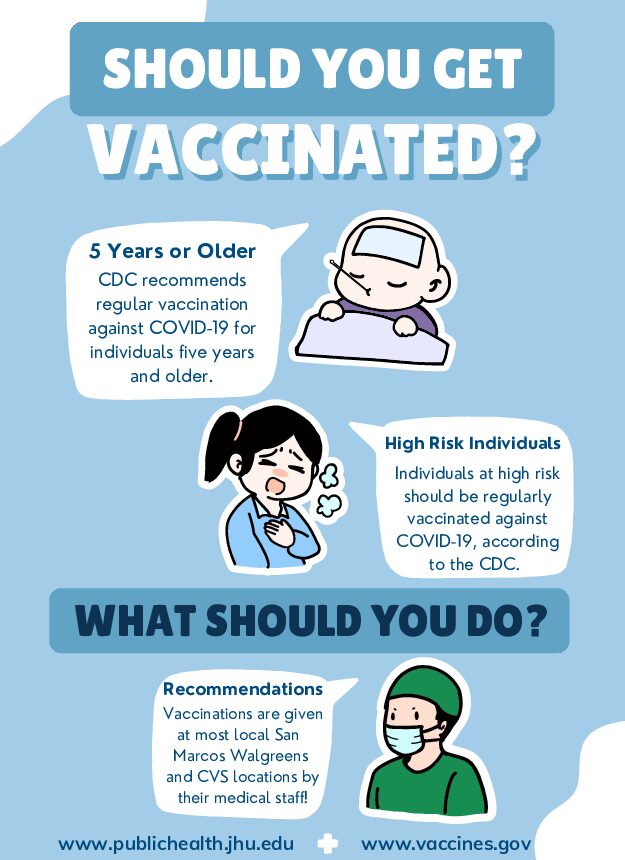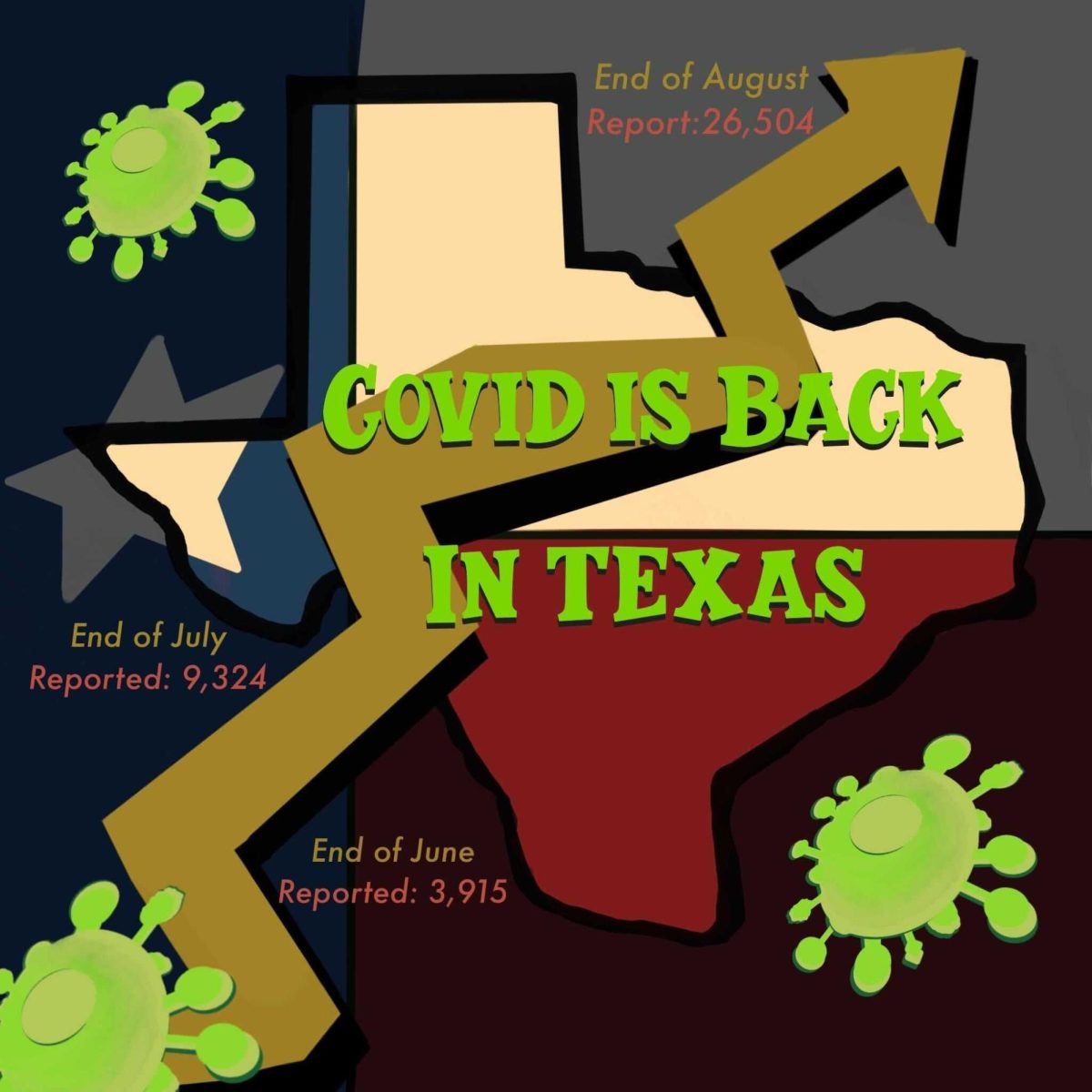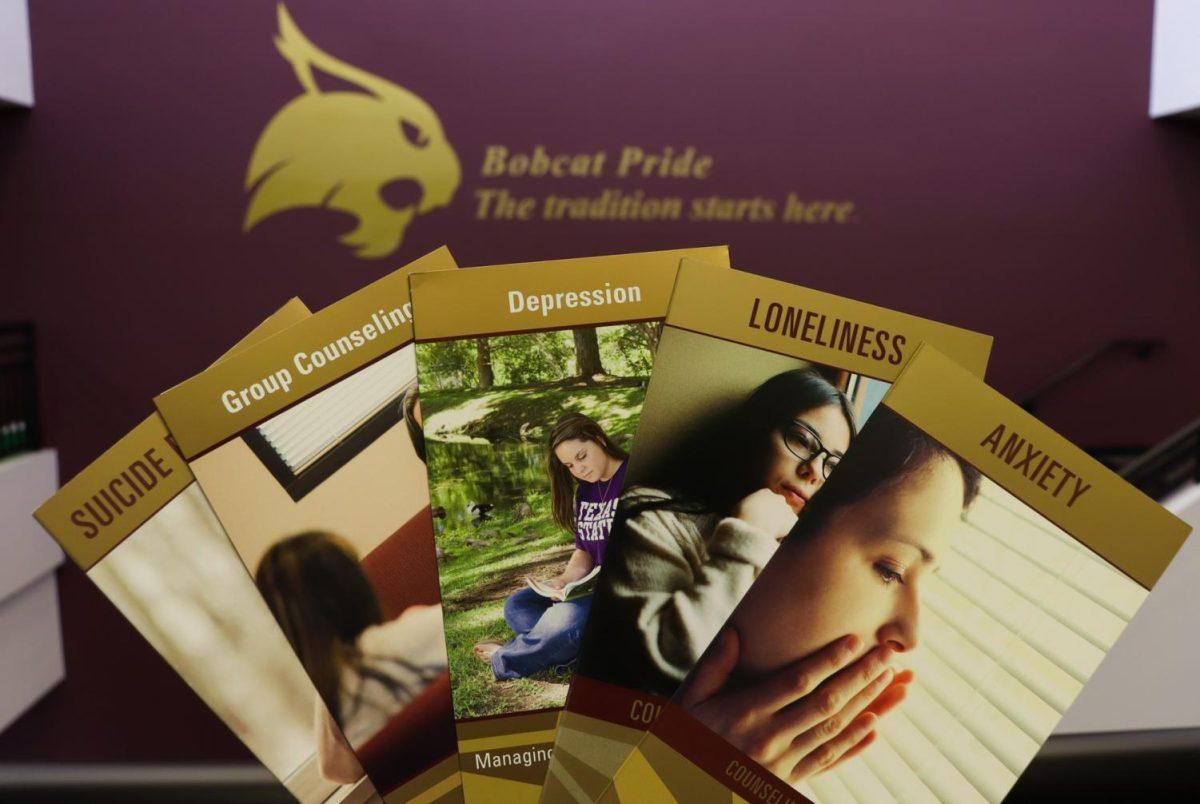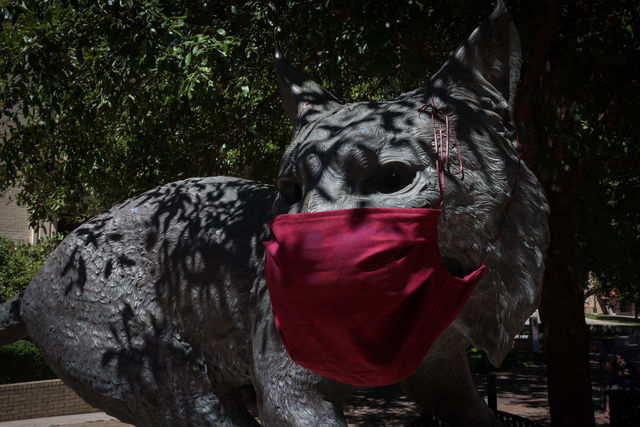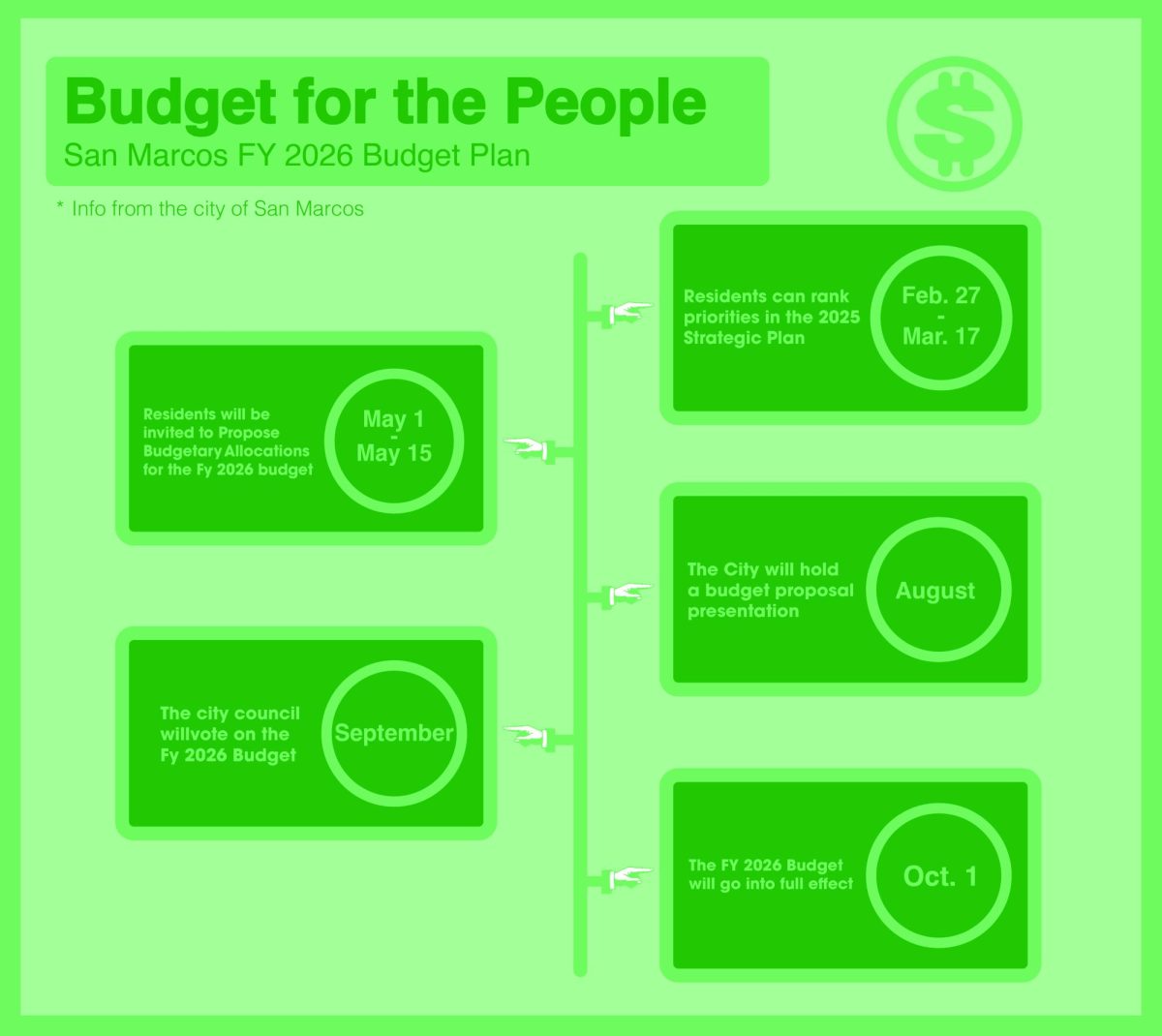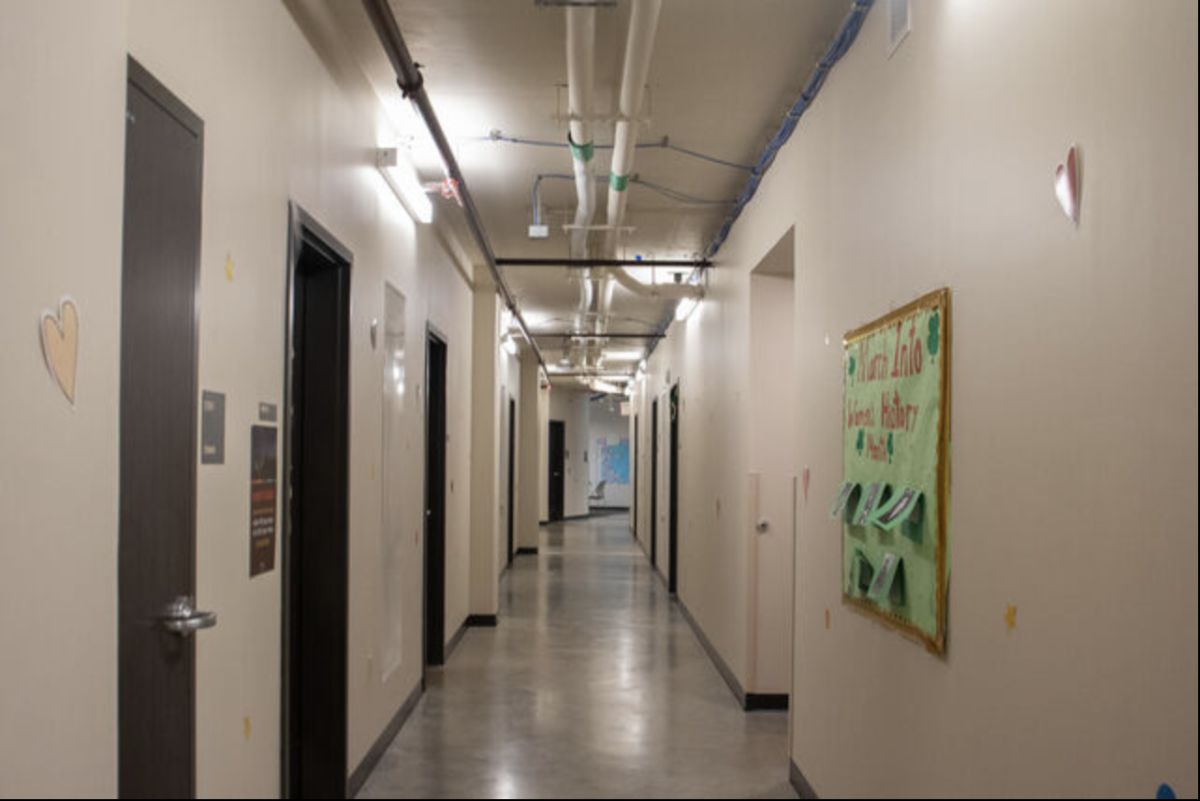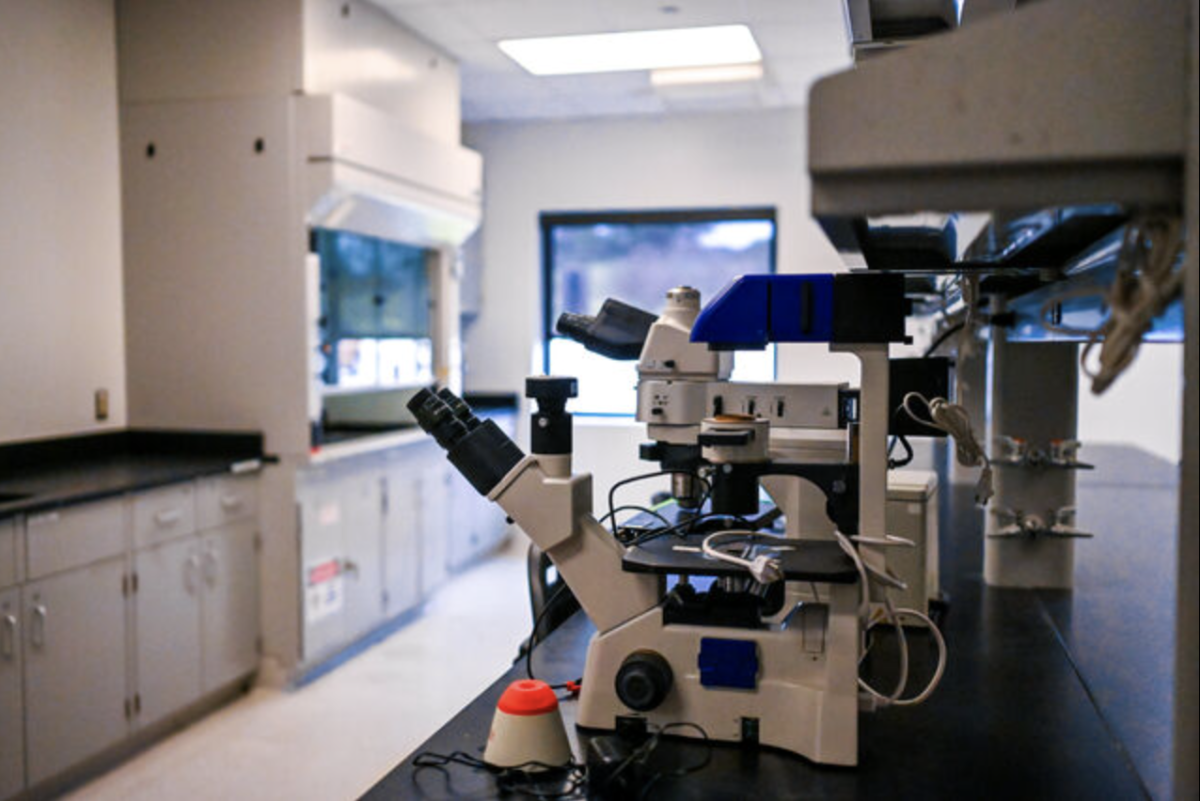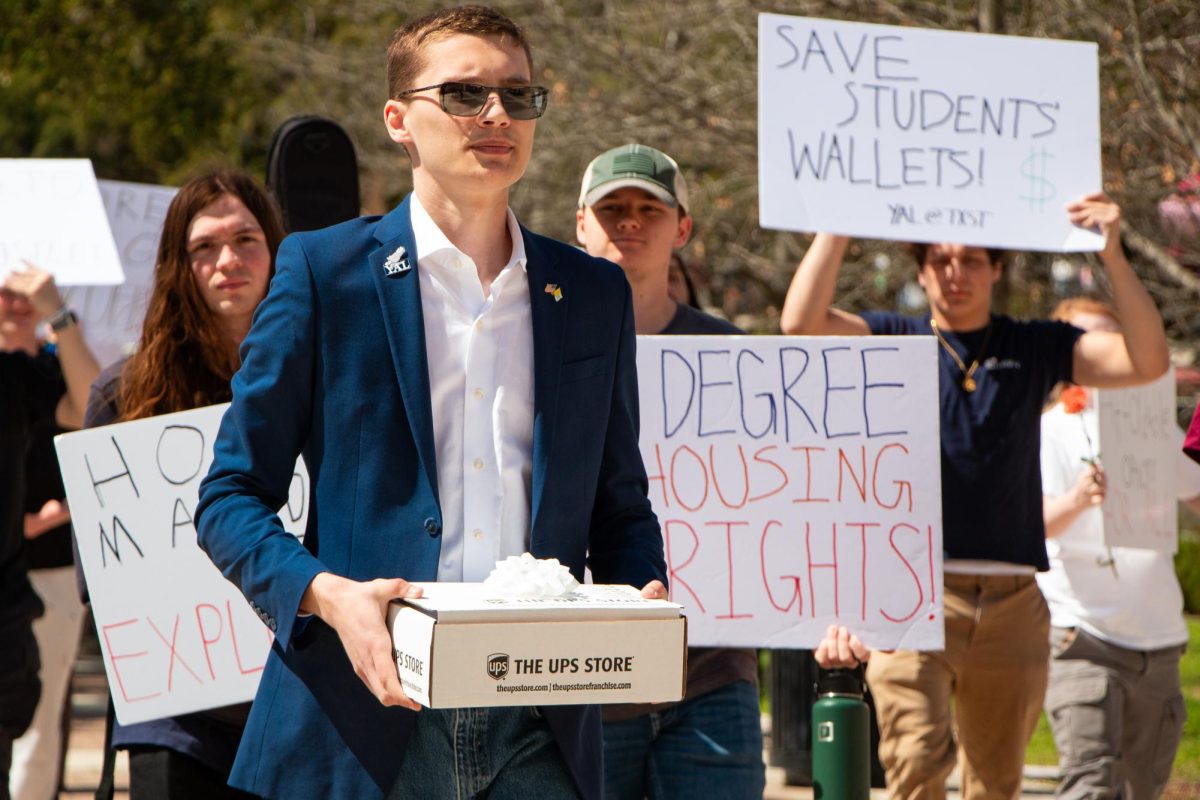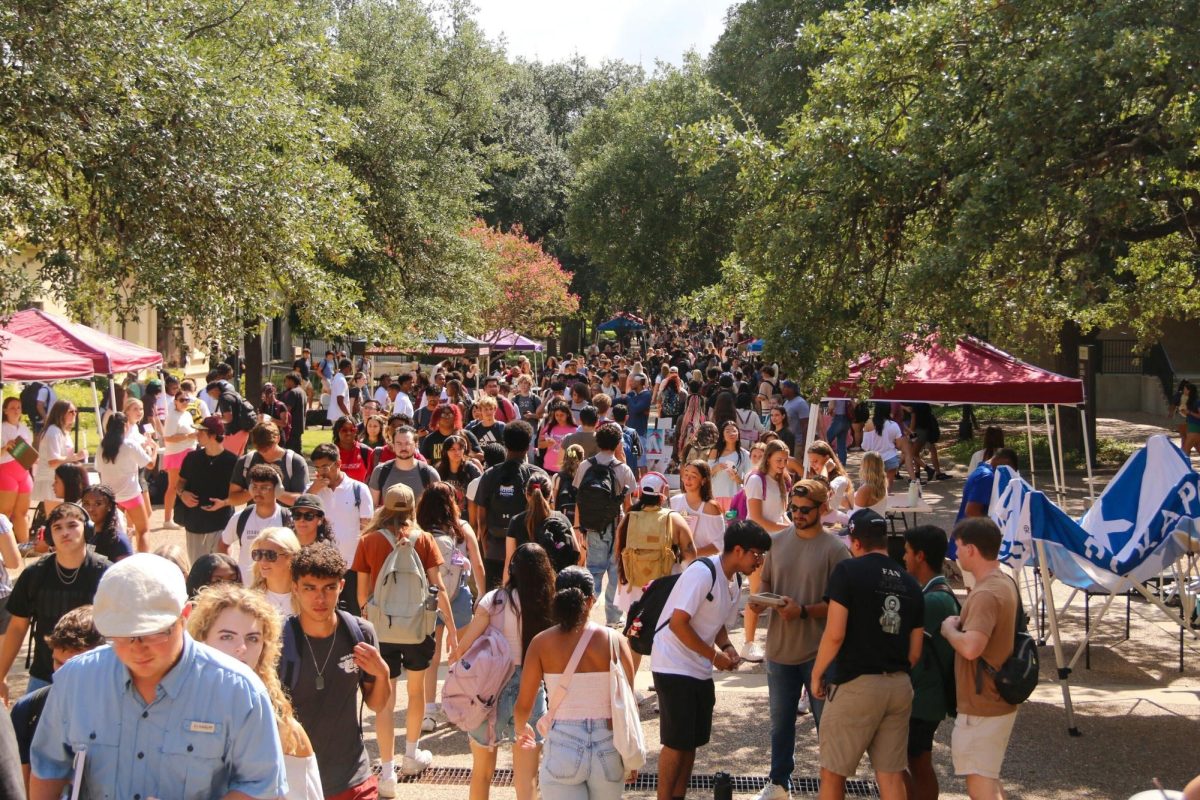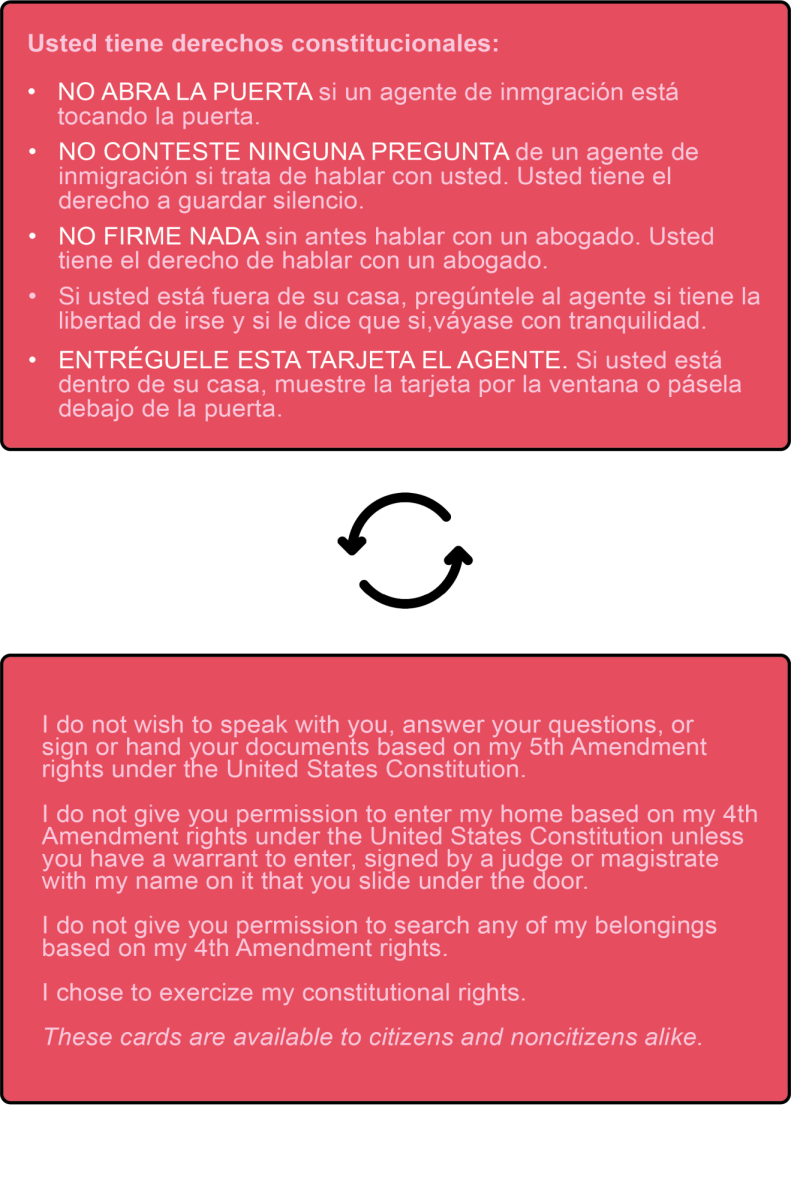With the Bobcat community back on campus for the fall semester, commuter parking spots are filling up, and Bobcat Shuttles have returned to its expanded route schedule.
Texas State Parking Services oversees over 100 permitted parking lots and garages. Permits are divided into various categories, and individuals can purchase either academic year or semester-based permits.
Academic year permits start at $115 for students and semester-based permits start at $65. Students can also purchase weekly permits starting at $6. There are several types of academic year parking permits including residence hall, Mill Street, commuter, interior commuter/perimeter, Bobcat Village, red restricted and red reserved. Semester-based permits offer permits for residence hall, Mill Street, Bobcat Village and commuter/perimeter.
Commuters may only buy commuter permits, but students who live on campus can buy a commuter permit if desired. All interior commuter parking permits, or orange permits, have been purchased, along with all green residence hall permits.
Due to the construction of Live Oak Studio, the Sessom parking lot has been closed; leaving only lots that are a distant walk from central campus available. Some commuters, like Helena De Los Santos, an education junior, find the lack of close parking frustrating.
“Even commuter parking sucks completely because the closest commuter lot there is is Speck and that’s still a 30-minute walk to the main part of campus,” De Los Santos said.
With many commuter parking lot options away from main campus, Coordinator of Alternative Transportation Alex Vogt said students end up having to take the Bobcat Shuttle to travel from their parking spot to campus.
“I mean I think they’re probably situations where it could be faster to drive, if you were able to find parking close in. But, given that most students can only buy a commuter parking pass and there’s very limited close in commuter parking permit, there’s a very real possibility that a student who is trying to drive to class will end up having to park and then take the bus anyway,” Vogt said.
However, some students who do not live near a shuttle route still have to commute to campus. Parking Services Associate Director Stephen Prentice said if students can avoid driving to campus and instead take the shuttle, it could save them time and decrease traffic.
“I think there’s, you know, reasonable evidence that if there were thousands of vehicles trying to access the center of campus, then nobody would ever get to class,” Prentice said. “Buses couldn’t navigate, and we’d be creating real traffic hazards with pedestrians. So, taking one minute to find an empty spot in Mill Street … waiting a couple of [minutes for] the shuttle and taking a 10-minute ride, that 15-minute time period is a third, a quarter of what it would take, you know, to come on campus. You don’t find a parking spot and you’re late for class and then you park, and you get a ticket.”
De Los Santos said when she drives to campus she has to leave her apartment, which is less than two miles from Old Main, an hour beforehand. De Los Santos recently started riding the bus but said the shuttle isn’t as assuring as driving can be.
“With the shuttle, it’s kind of a hit or miss, because the other day was my first time. I was waiting already for 10 minutes, and when it came it filled up at capacity before I could get on it, so I had to wait another 10 minutes,” De Los Santos said.
While it might be hard to find a parking spot, Prentice said limited parking isn’t the issue. Rather, it is the number of people trying to get preferred spots closer to campus simultaneously.
“Tuesday, Thursday between 11 a.m. and 2 p.m. are really the highest concentration of people parking on campus because it’s the highest concentration of classes,” Prentice said. “Of course, people will park in the closer ones sooner, which is where everyone would like to be. If you go out into those commuter lots there is never less than 1,200 empty spaces.”
However, De Los Santos believes the university could invest in allocating more commuter parking closer to campus.
“I honestly think that they need to make more parking,” De Los Santos said. “Either they need to open up parking, like closer parking to commuters, or they need to make more parking garages because it’s just ridiculous.”
Compared to last semester, the bus shuttle has changed its rider maximum and has returned to full capacity but will continue to enforce face masks. The shuttle also added more stops to its campus loop. The route now includes a stop named Water Tower, which stops in front of Elena Zamora O’Shea and First Five Freedom Hall adjourned halls.
Vogt urges students to explore the different routes on and off-campus to find out which best fits their schedule.
“What I would really stress to students who are new on campus is to try to kind of test their commute out as much as they can,” Vogt said.
Categories:
A breakdown of Texas State’s parking, transportation services
Timia Cobb, News Editor
September 7, 2021
0
Donate to The University Star
Your donation will support the student journalists of Texas State University. Your contribution will allow us to purchase equipment and cover our annual website hosting costs.
More to Discover



